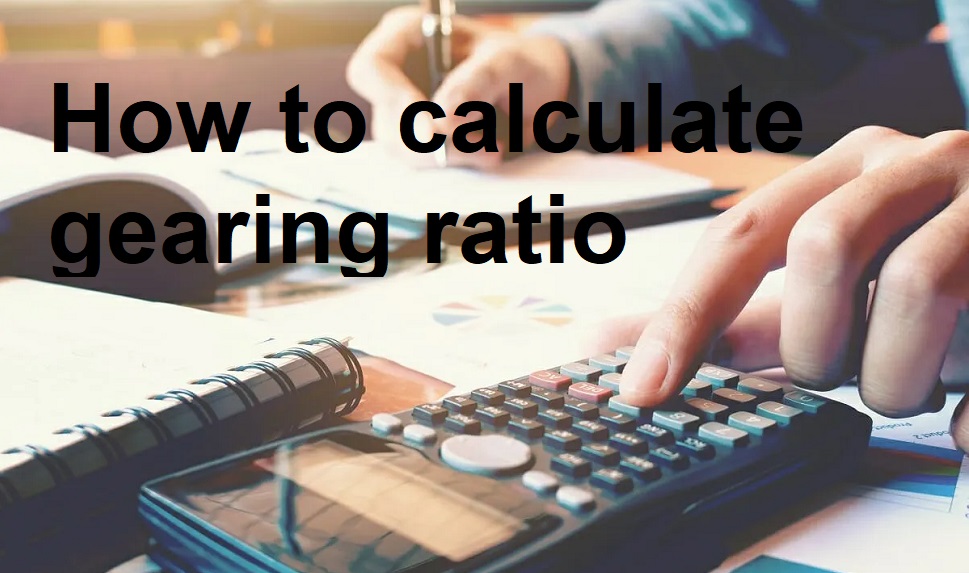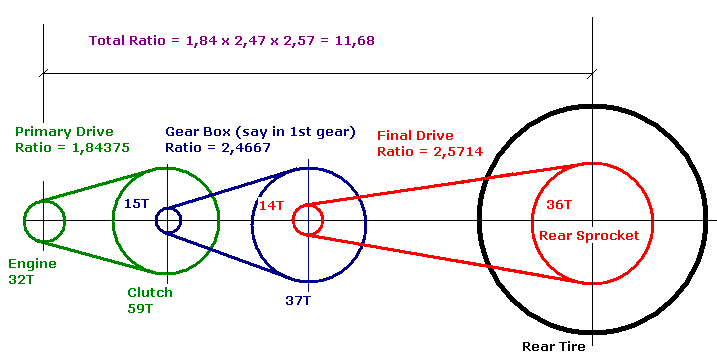
Gears are usually a vital part of any machine with moving parts, such as a wristwatch or an automobile. ● make the right decisions by assessing the impact of strategic scenarios on your cash position. Below 25%, on the other hand, a company may not be able to take advantage of expansion opportunities when interest rates are low. It would then miss out on growth opportunities that its competitors would undoubtedly not hesitate to seize. Gear is a round wheel that has teeth that mesh with other gear teeth, allowing the force to be fully transferred without slippage.
How to calculate Gearing Ratio in Excel
There’s a ratio of 54 to 18 or 3 to 1 this means that pinion is turning at three times the speed of the gear. Find out how to calculate a gearing ratio, what it’s used for, and its limitations. As a simple illustration, in order to fund its expansion, XYZ Corp. cannot sell additional shares to investors at a reasonable price.
Limitations of Gearing Ratios
The gear ratio gives us an idea of how much an output gear is sped up or slowed down or how much torque is lost or gained in a system. We equipped this calculator with the gear ratio equation and the gear reduction equation so you can quickly determine the gear ratio of your gears. If your company had $100,000 in debt, and your balance sheet showed $75,000 of shareholders’ or owners’ equity, then your gearing ratio would be about 133%, which is generally considered high. Company ABC’s debt to equity ratio can be calculated by taking the total debt divided by the total equity, then take the ratio and multiply it by 100 to express the ratio as a percentage. Let’s say a company is in debt by a total of $2 billion and currently hold $1 billion in shareholder equity – the gearing ratio is 2, or 200%.
Which of these is most important for your financial advisor to have?
We will first calculate the company’s total debt and then use the above equation. ABC has been recently hit by the competition denver tax software, inc and is looking for a loan from the bank. However, the bank has decided that its gearing ratio should be more than 4.
How to Calculate Gearing Ratio
This same uncertainty faces investors and lenders who interact with those companies. Gearing ratios are one way to differentiate financially healthy companies from troubled ones. Gearing ratios are a way to financially examine a company’s health.
These include the capital ratio, the debt to capital ratio and the debt service ratio. Gearing, or leverage, helps to determine a company’s creditworthiness. Each gearing ratio formula is calculated differently, but the majority of the formulas include the firm’s total debts measured against variables such as equities and assets.
- It is completely acceptable for a gearing ratio to be above 80% for a short period of time.
- For an investor, the debt to equity ratio is one of a number of tools used to calculate whether a company is a viable investment.
- Anything above 100% indicates higher financial leverage and risk.
- In contrast, a low ratio indicates a lesser default risk, which may attract lenders and creditors to a corporation.
- Gearing ratios are a way to financially examine a company’s health.
- Taken independently and only at a given moment in time, the debt to equity ratio will only be of relative importance.
The last thought would be the company needs to maintain an adequate debt ratio that fits its best. A company’s times interest earned ratio is arrived at by dividing its earnings before interest and taxes (EBIT) by its interest expenses. It’s a gauge of the company’s ability to pay its debts each period. Europeans tend to talk about gearing (especially in British English/finance) while Americans refer to it as leverage. The articles and research support materials available on this site are educational and are not intended to be investment or tax advice.
Therefore, gearing ratios are not a comprehensive measure of a business’s health and are just a fraction of the full picture. Make sure to use gearing ratios as part of your fundamental analysis, but not as a standalone measure and always utilise the ratios on a case-by-case basis. Gearing focuses on the capital structure of the business – that means the proportion of finance that is provided by debt relative to the finance provided by equity (or shareholders). Gearing ratios reflect the levels of risk involved with the company. Capital that comes from creditors is riskier than money from the company’s owners since creditors still have to be paid back even if the business doesn’t generate income. A company with too much debt might be at risk of default or bankruptcy especially if the loans have variable interest rates and there’s a sudden jump in rates.

Companies can take measures to repay their debt and incur less interest in the long-term such as renegotiating the terms of the debt with their lenders. Investors are usually more attracted to companies with a low debt to equity ratio. Because a company with a high gearing ratio already pays high interest rates to its lenders. Investors are aware of potential default risks and may therefore be more reluctant to invest their money. A gearing ratio clarifies the source of financing for operations in a company.
It also includes other interest-bearing liabilities such as pension obligations, lease liabilities, etc. E stands for shareholders equity which includes common stock, additional paid-up capital, retained earnings, irredeemable preferred stock, etc. Conversely, equity ratio gives a measure of how financed a firm’s assets are by shareholder’s investments. Unlike the other gearing ratios, a higher percentage is often better. Debt ratio is very similar to the debt to equity ratio, but as an alternative, it measures total debt against total assets. This ratio provides a measure to which degree a business’s assets are financed by debt.


